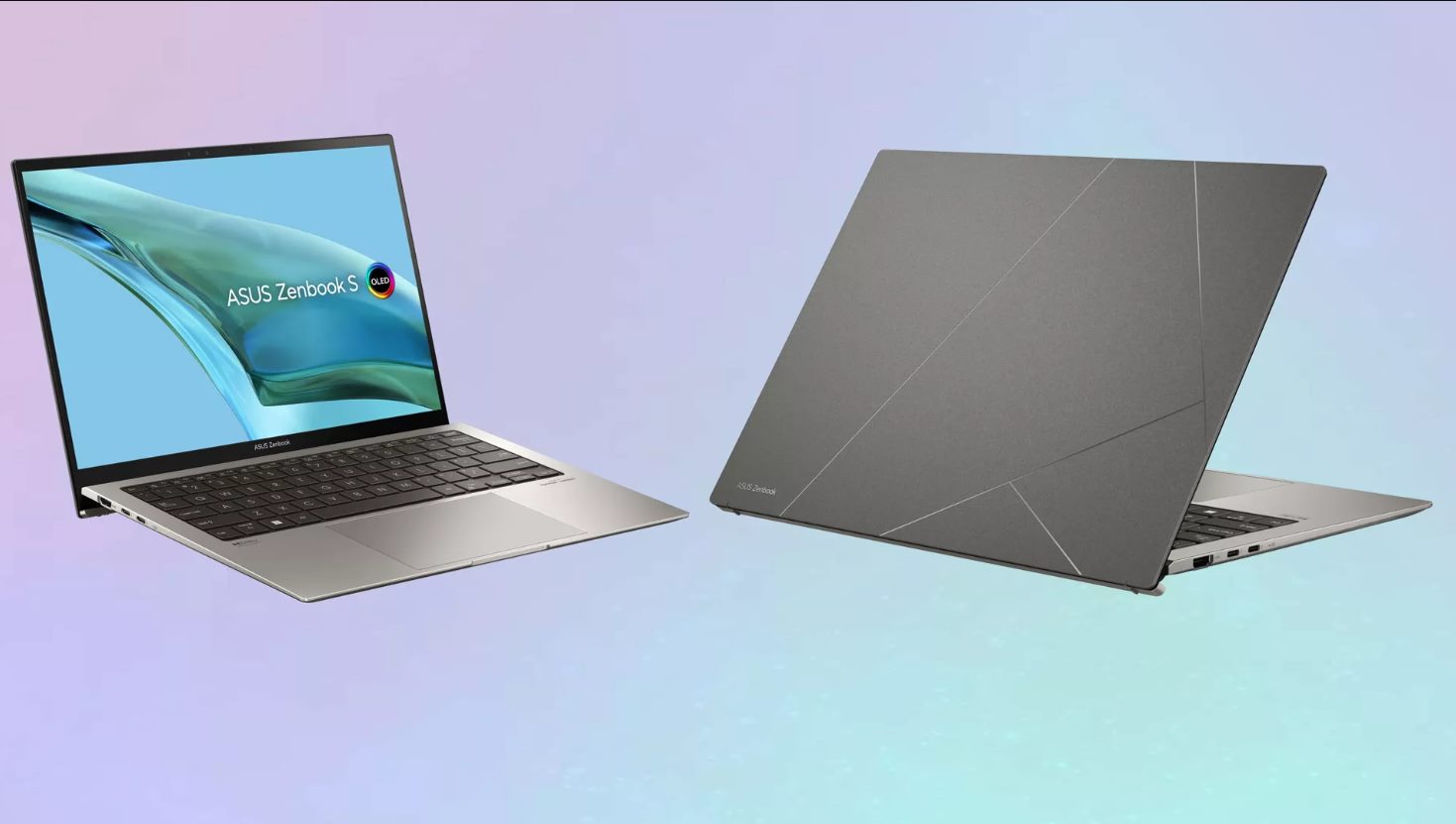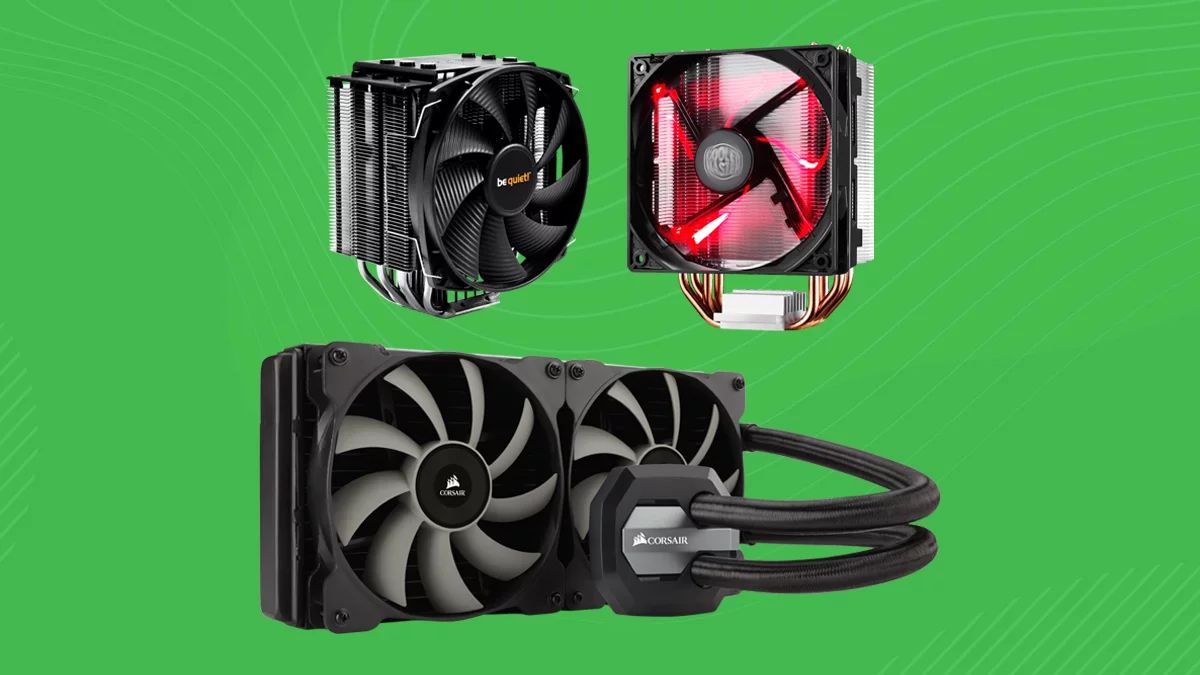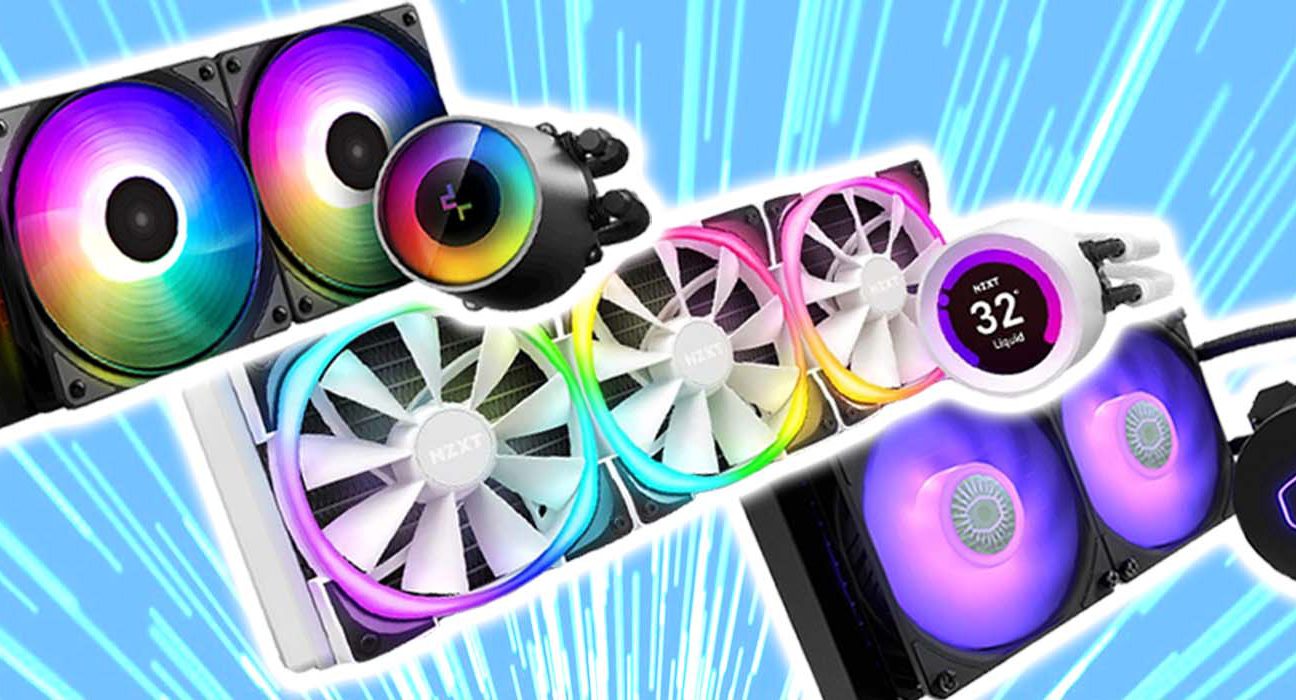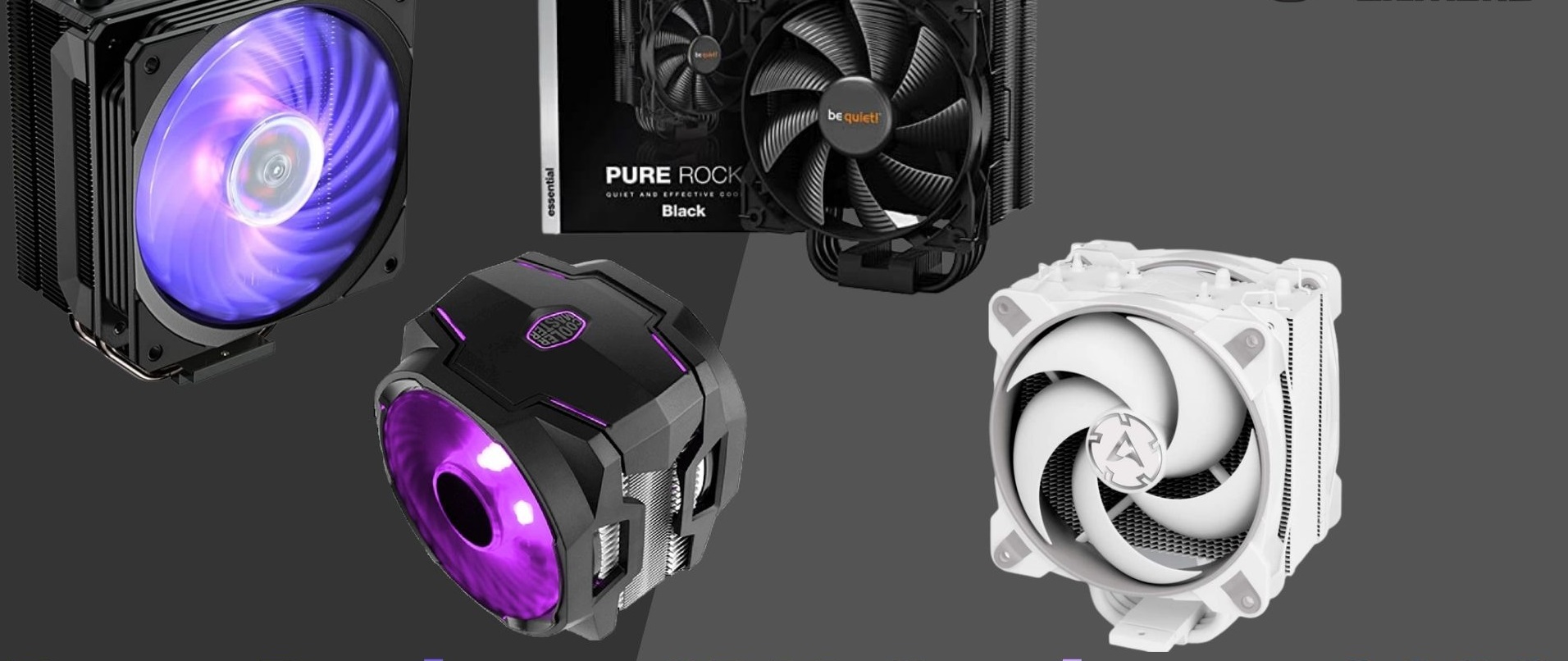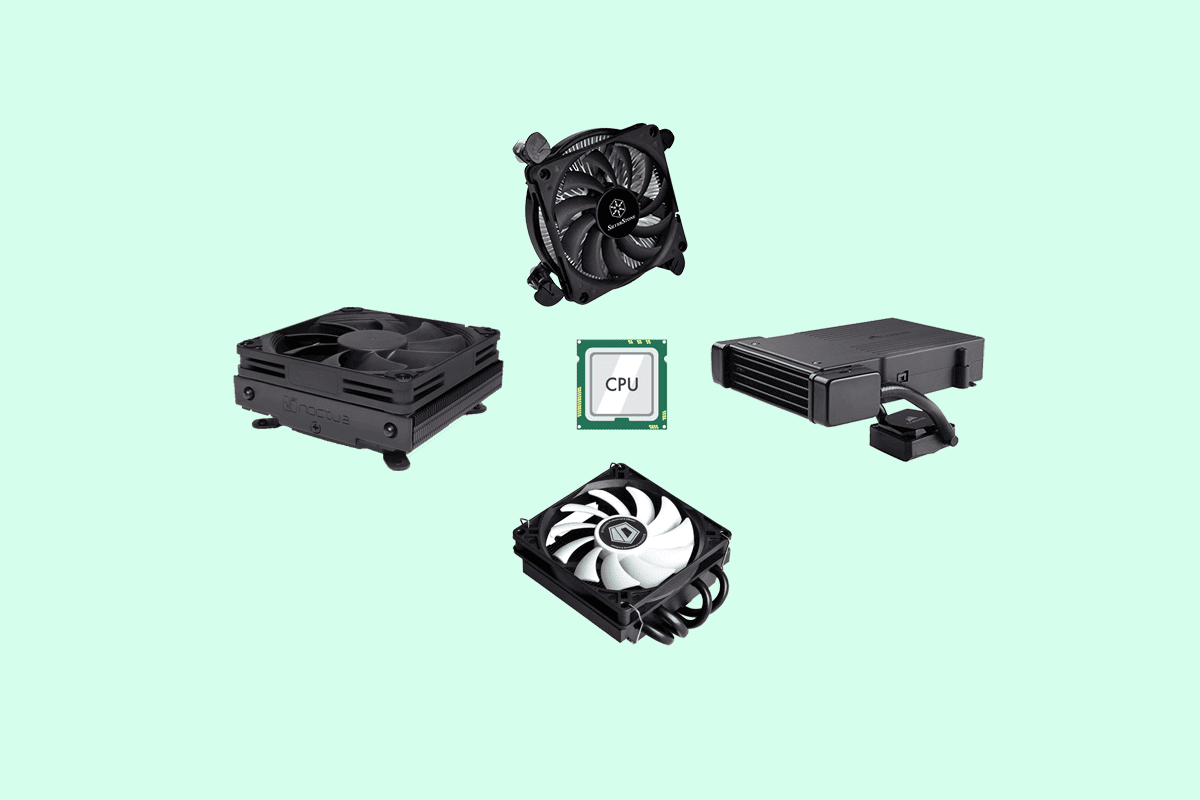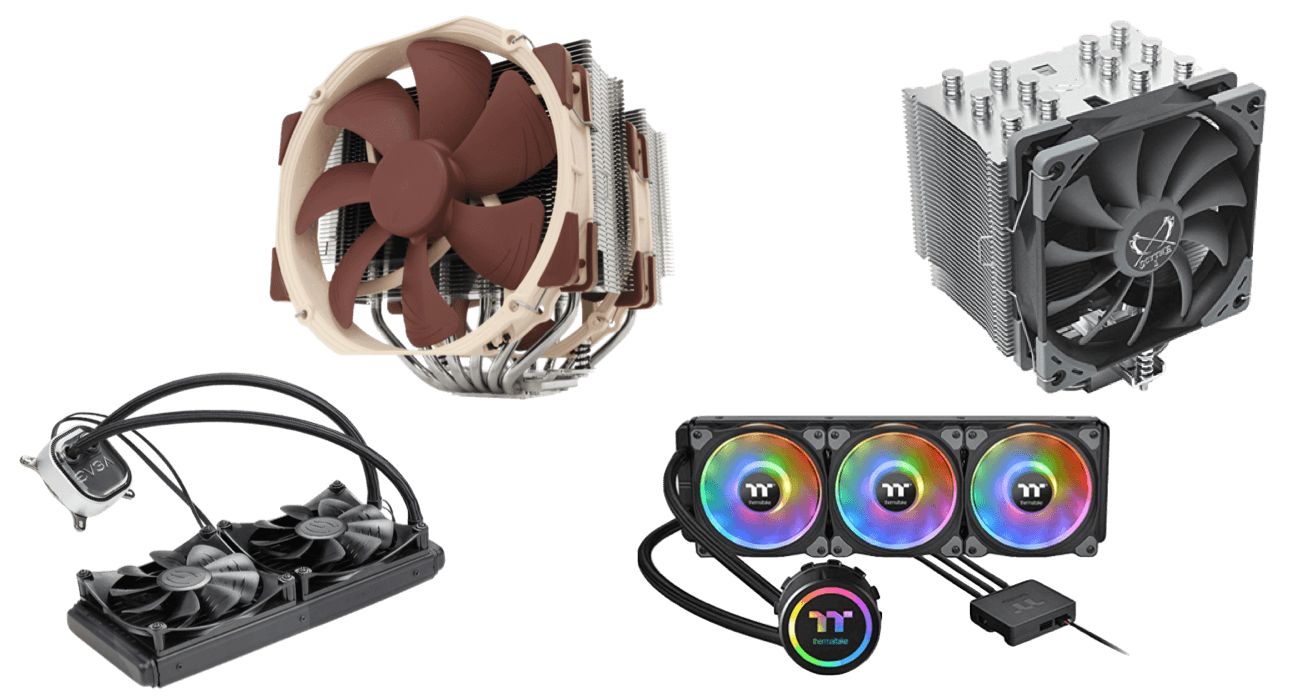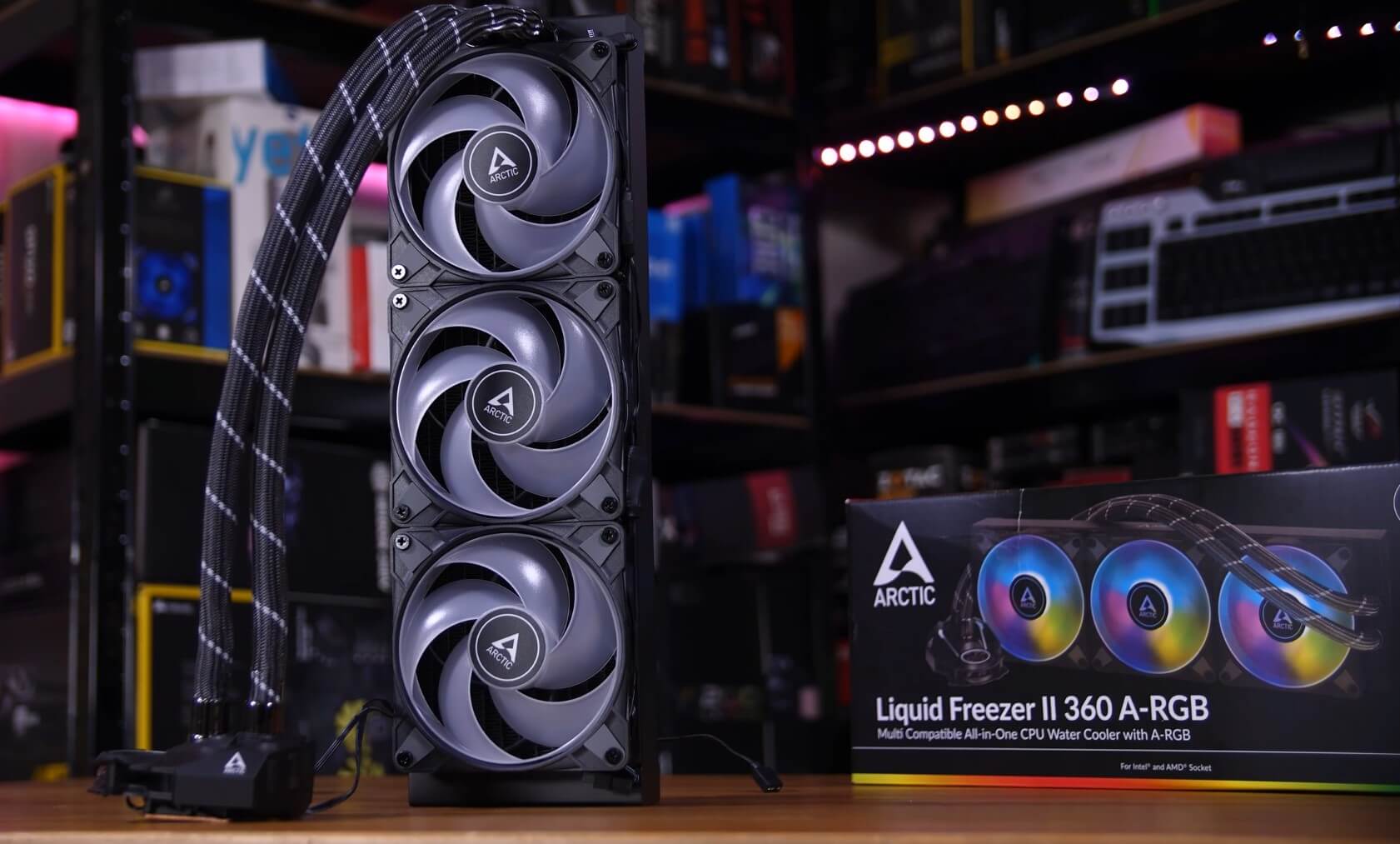Introduction
As a UX designer, your computer is your most essential tool. It’s where you bring your creative ideas to life, design intuitive user interfaces, and craft seamless user experiences. To ensure optimal performance and productivity, one crucial aspect to consider is the amount of Random Access Memory (RAM) your computer has. RAM plays a fundamental role in the speed and efficiency of your design process, allowing you to work on resource-intensive applications without any lag or slowdowns.
Understanding how much RAM you need as a UX designer is essential to ensure smooth workflow and seamless multitasking. Insufficient RAM can lead to frustrating delays, crashes, and an overall sluggish experience, hindering your ability to design and iterate effectively. On the other hand, having the right amount of RAM can significantly enhance your productivity, allowing you to work seamlessly on complex design projects and run multiple design tools simultaneously.
In this article, we will delve deeper into the importance of RAM for UX designers and provide recommendations on how much RAM you need based on the complexity of your design work. We will also explore tips for optimizing RAM usage and discuss the benefits of having sufficient RAM for your UX design tasks. Additionally, we will address common challenges faced by UX designers with insufficient RAM and provide guidance on how to upgrade the RAM on your computer if needed.
Understanding RAM and its importance for UX designers
RAM, or Random Access Memory, is a crucial component of any computer system and plays a vital role in ensuring smooth and efficient performance, especially for UX designers. Unlike a computer’s hard drive, which stores data for long-term use, RAM serves as temporary storage that allows the system to access and manipulate data quickly.
When you work as a UX designer, you often need to run multiple resource-intensive design applications simultaneously. This could include graphic design software, prototyping tools, code editors, and more. All of these applications require significant amounts of memory to function efficiently, and that’s where RAM comes into play. It allows your computer to load and store the necessary data, code, and resources required to run these applications smoothly, without any lag or delays.
With sufficient RAM, you can seamlessly switch between different design tools, work on large design files, perform real-time rendering, and preview your designs without any slowdowns. It ensures that your design process remains uninterrupted, enabling you to focus on your creativity and productivity.
Insufficient RAM, on the other hand, can lead to various performance issues. When your computer runs out of available RAM, it starts utilizing the hard drive as virtual memory, resulting in what is commonly known as “swapping” or “paging.” This process significantly slows down your computer’s performance because accessing data from the hard drive is much slower than retrieving it directly from RAM. It can lead to noticeable delays, frozen screens, and crashes, all of which hamper your ability to design and work efficiently.
Having an adequate amount of RAM not only enhances the overall performance of your computer but also improves your productivity as a UX designer. It allows for smooth multitasking, quicker design iterations, and faster rendering times, enabling you to meet project deadlines and deliver high-quality designs.
In the following sections, we will explore the factors that determine the amount of RAM you need as a UX designer and provide recommendations based on the complexity of your design work. We will also discuss tips for optimizing your RAM usage and the benefits of having sufficient RAM to support your day-to-day UX design tasks.
Factors to consider when determining the RAM needed for UX design work
Determining the right amount of RAM you need as a UX designer depends on several factors. Consider the following aspects to ensure you have sufficient memory to handle your design work effectively:
- Complexity of Design Projects: The complexity of your design projects is a crucial factor in determining the amount of RAM you need. If you primarily work on simple wireframes and low-resolution mockups, you may require less RAM compared to designers working on high-fidelity prototypes, 3D modeling, or complex animations. As the complexity of your design work increases, so does the demand for memory.
- Size of Design Files: The size of the design files you work with also affects the amount of RAM required. Large file sizes, such as high-resolution images, videos, or intricate design files, consume more memory when opened or edited. If you frequently work with large files, you will need more RAM to ensure smooth performance and avoid system slowdowns.
- Multitasking Requirements: Consider your multitasking needs as a UX designer. If you often switch between multiple design applications or run several resource-intensive tools simultaneously, you will require more RAM. Multitasking puts a strain on your computer’s memory, and having adequate RAM ensures a seamless experience without any lag or delays.
- Operating System and Software Requirements: Different operating systems and design software have varying memory requirements. Ensure that you meet the minimum RAM specifications recommended by the operating system and design tools you use. Be aware that newer versions of software may have higher RAM requirements, so it’s important to keep your hardware specifications up to date.
- Future-Proofing Your System: It’s advisable to consider future needs when determining the amount of RAM you need. As design software and project requirements evolve, they may demand more memory in the future. Investing in slightly higher RAM capacity upfront can help future-proof your system and ensure that it remains capable of handling upcoming design challenges.
By considering these factors, you can make an informed decision about the amount of RAM you need for your UX design work. The next section will provide specific recommendations for different levels of design work, based on the factors discussed above.
Recommended RAM specifications for different levels of UX design work
The amount of RAM you need for UX design work can vary based on the complexity of your projects and the level of multitasking you engage in. Here are some recommended RAM specifications based on different levels of UX design work:
- Entry-level UX Design: If you are just starting in UX design or primarily working on simpler projects like wireframing, low-fidelity mockups, and basic user interface design, a minimum of 8GB of RAM should be sufficient. This amount of memory will allow you to run design applications smoothly while multitasking with other essential tools.
- Mid-level UX Design: For designers working on more medium-complexity projects with larger design files and moderate multitasking requirements, it is recommended to have at least 16GB of RAM. This additional memory provides a comfortable buffer for handling larger files, running multiple design applications simultaneously, and switching between tasks seamlessly.
- High-level UX Design: For professionals handling resource-intensive projects such as high-fidelity prototypes, 3D modeling, complex animations, and extensive multitasking, 32GB or more of RAM is recommended. This amount of memory ensures optimal performance, smooth real-time rendering, and the ability to handle large design files without any lag or slowdowns.
It’s important to note that these are general recommendations, and your specific needs may vary. If you frequently work with exceptionally large files, engage in heavy multitasking, or use memory-hungry applications, you may need to consider higher RAM capacities to meet your requirements.
Upgrading your RAM to meet the recommended specifications can significantly enhance your productivity as a UX designer. It allows you to work seamlessly with design tools, switch between projects effortlessly, and preview designs in real-time. By ensuring your computer has the right amount of memory, you can focus on your creative process without being hindered by performance limitations.
In the next section, we will explore some tips for optimizing your RAM usage to get the most out of your memory resources and improve your overall UX design workflow.
Tips for optimizing RAM usage for UX design
Optimizing RAM usage is essential to ensure that you make the most of your computer’s memory resources and maintain a smooth UX design workflow. Here are some effective tips to help you optimize your RAM usage:
- Close Unnecessary Applications: Close any applications or processes running in the background that are not essential to your current design work. Unused applications consume RAM resources, so closing them can free up memory for your design tools.
- Use Design Software Efficiently: Familiarize yourself with the design software you use and learn about its memory management features. Some applications offer options to limit the memory usage, optimize caching, or reduce the undo history. Adjusting these settings can help optimize RAM usage.
- Regularly Save and Close Unused Design Files: If you have multiple design files open at once, consider saving and closing the ones you’re not actively working on. This helps reduce the memory footprint of your design tools, allowing them to run more smoothly.
- Optimize File Sizes: Whenever possible, optimize the file sizes of your design assets without compromising quality. Compressing images, reducing the number of layers, and removing unnecessary elements can help reduce the memory requirements of your design files.
- Offload Rendering to External Devices: Some design software allows you to offload rendering tasks to external devices such as graphic cards or cloud-based rendering services. This can reduce the memory load on your computer, freeing up RAM for other design tasks.
- Use Browser Extensions Wisely: If you often work with web design or web-based tools, be mindful of the number and resource usage of browser extensions. Some extensions can consume significant memory, so consider disabling or removing unnecessary ones to free up RAM.
- Regularly Restart Your Computer: Restarting your computer periodically can help clear out temporary files and processes that might be consuming unnecessary memory. It’s a simple but effective way to refresh your system and optimize RAM usage.
- Upgrade to SSD Storage: Consider upgrading to a Solid-State Drive (SSD) if you’re using a traditional hard drive. SSDs offer faster data access speeds, allowing your computer to retrieve and save information more quickly, thus reducing the strain on RAM.
By following these optimization tips, you can ensure that your computer’s RAM is used efficiently, allowing you to work with design tools without experiencing any performance issues. Optimizing your RAM usage contributes to a smoother and more productive UX design workflow.
In the next section, we will explore the benefits of having sufficient RAM for your UX design tasks, highlighting how it can enhance your overall design experience and productivity.
Benefits of having sufficient RAM for UX design tasks
Having sufficient RAM for your UX design tasks can provide numerous benefits that enhance your overall design experience and productivity. Here are some key advantages of having an adequate amount of RAM:
- Smooth Performance: With enough RAM, your design applications can run smoothly without any lag or delays. You can navigate through complex projects, perform real-time edits, and switch between design tools seamlessly, enabling a more efficient design workflow.
- Efficient Multitasking: Sufficient RAM allows for smooth multitasking, enabling you to work on multiple design projects simultaneously. You can run design applications, preview designs in real-time, and collaborate with team members without experiencing slowdowns or performance issues.
- Faster Rendering: RAM plays a crucial role in rendering complex designs and animations. With more memory available, your computer can process and render images, videos, and animations faster, allowing you to preview and iterate on your designs quickly.
- Shorter Load Times: Large design files can take a significant amount of time to load if you have limited RAM. With sufficient memory, your computer can load and open design files much faster, saving you valuable time and allowing you to jump into your design work without delays.
- Better Workflow Efficiency: When you have enough RAM, you can work seamlessly without interruptions. You can easily switch between design applications, copy and paste elements across projects, and perform design tasks without any performance setbacks, resulting in a more efficient and fluid workflow.
- Ability to Tackle Complex Projects: High-fidelity prototypes, 3D modeling, and animation projects require substantial memory resources. With sufficient RAM, you can handle these complex projects with ease, ensuring that your computer can handle the demands of resource-intensive design tasks without slowing down.
- Future-Proofing Your System: Technology and software requirements evolve over time, and design tools become more resource-intensive with each new release. Having ample RAM ensures that your computer is equipped to handle future advancements, allowing you to adapt to new design trends and software without the need for immediate hardware upgrades.
By having sufficient RAM, you can unlock your full potential as a UX designer. You can concentrate on your creative process, iterate on designs quickly, and meet project deadlines without any performance limitations. Investing in the right amount of RAM significantly enhances your overall design experience and helps you deliver high-quality designs more efficiently.
In the next section, we will explore the common challenges faced by UX designers with insufficient RAM, helping you understand the importance of having adequate memory for your design work.
Common challenges faced by UX designers with insufficient RAM
UX designers who have insufficient RAM on their computers often encounter various challenges that can hinder their design process and overall productivity. Here are some common issues faced by UX designers with limited memory:
- Slow and Laggy Performance: One of the primary challenges is experiencing slow and laggy performance within design applications. When RAM capacity is insufficient, the computer struggles to handle the demands of running multiple design tools simultaneously, resulting in slow response times, delayed screen refresh, and overall sluggishness.
- Frequent Application Crashes: Insufficient RAM can lead to frequent crashes within design applications. When memory resources are maxed out, the applications may become unstable and abruptly shut down, causing frustration and potential data loss. This disrupts the workflow and wastes valuable time.
- Long Load Times: Opening large design files can be a time-consuming process when RAM is limited. The computer has to rely on virtual memory stored on the hard drive, which is much slower than accessing data stored in RAM. As a result, designers may experience long load times, especially with complex projects, slowing down their ability to start working promptly.
- Inability to Run Multiple Applications: UX designers often need to use multiple design applications concurrently. Insufficient RAM restricts the ability to run these applications simultaneously, forcing designers to close or pause tasks in one application before switching to another. This constant juggling impacts efficiency and can disrupt the creative flow.
- Limited Multitasking Capability: Multitasking is a common requirement for UX designers, involving activities such as working in design software while simultaneously researching, communicating with team members, or referring to design assets. Inadequate RAM hampers the ability to multitask efficiently, leading to time-consuming pauses or frustrating delays.
- Inability to Handle Large Files: UX designers frequently work with large design files containing high-resolution images, videos, or intricate animations. Insufficient RAM limits the computer’s ability to process and manipulate these files effectively, resulting in slow rendering times, delayed previews, and limitations in exploring design iterations.
These challenges not only disrupt the design workflow but also impact the quality and efficiency of work. UX designers with insufficient RAM face constant frustrations, which can lead to decreased productivity and hinder the ability to meet project deadlines.
In the next section, we will discuss how to upgrade the RAM on your computer, providing guidance on expanding your memory capacity and overcoming these challenges.
How to upgrade the RAM on your computer
If you’re facing challenges due to insufficient RAM as a UX designer, upgrading the memory on your computer can significantly improve its performance and enhance your design work. Here’s a step-by-step guide on how to upgrade the RAM on your computer:
- Check Compatibility: Verify the type and maximum supported capacity of RAM that your computer can accommodate. Consult your computer manufacturer’s website or refer to the user manual for this information. It’s important to ensure compatibility to avoid potential issues during the upgrade process.
- Purchase the Correct RAM: Once you know the type and capacity of RAM your computer supports, purchase the appropriate RAM modules. Look for reputable brands and ensure that the clock speed and capacity meet your requirements. It’s generally recommended to buy RAM modules in pairs for optimal performance in systems that support dual-channel memory.
- Prepare Your Workspace: Before proceeding with the upgrade, ensure that you have a clean, well-lit workspace. Gather the necessary tools, such as a screwdriver, and consider using an anti-static wristband to prevent any electrostatic discharge that can damage sensitive components.
- Power Off and Unplug: Shut down your computer and disconnect it from the power source. This is a crucial step to ensure your safety and prevent any damage to the internal components.
- Open Your Computer Case: Depending on your computer’s model, carefully open the case following the manufacturer’s instructions. Often, this involves removing screws or sliding panels to access the internal components. Take note of any specific instructions or precautions provided.
- Locate the RAM Slots: Identify the RAM slots on your computer’s motherboard. They are typically long rectangular slots located near the CPU. The number of slots can vary depending on the motherboard, but there are usually multiple slots to accommodate additional RAM modules.
- Remove Existing RAM (if applicable): In case your computer already has RAM modules installed, gently press down the retaining clips at the end of each module to release them. The modules should pop up at a slight angle, allowing you to remove them from the slots. Keep the modules in a safe place in case you need to reinstall them later.
- Insert the New RAM Modules: Take the new RAM modules and align them with the slots. Ensure that the notch or key on the module matches the slot to ensure proper insertion. Gently press down on the module using equal pressure on both ends until you hear a click or snap sound, indicating that it is securely in place.
- Close the Computer Case: Once the new RAM modules are installed, carefully close the computer case, securing it with screws or any appropriate fastening mechanisms. Ensure that all connections are secure and that no cables or components are obstructing the airflow inside the case.
- Power On and Verify: Reconnect your computer to the power source and power it on. Once your computer boots up, go to the System Information or Task Manager to verify that the new RAM is recognized and functioning correctly. You should see an increase in the total installed memory capacity.
Upgrading the RAM on your computer can provide a significant boost to your UX design tasks, enabling you to work more smoothly and efficiently. If you’re unsure about the upgrade process or you’re not comfortable performing it yourself, consider seeking assistance from a professional computer technician.
With upgraded RAM, you can enjoy an improved design experience, seamlessly run resource-intensive design applications, handle larger projects, and multitask more effectively, ultimately enhancing your productivity as a UX designer.
Conclusion
Having sufficient RAM is essential for UX designers to ensure a smooth and efficient design process. RAM plays a crucial role in running design applications, handling large files, and supporting multitasking. By considering factors such as project complexity, file size, and multitasking requirements, you can determine the appropriate amount of RAM needed for your design work.
Upgrading your computer’s RAM can provide numerous benefits, including improved performance, faster rendering, smoother multitasking, and shorter load times. It empowers you to tackle complex design projects with ease and enhances your overall workflow efficiency. Optimizing your RAM usage, such as closing unnecessary applications and using design software efficiently, can further optimize your design experience.
However, UX designers with insufficient RAM face common challenges such as slow performance, application crashes, and limitations in handling large files and multitasking. It’s important to address these issues by upgrading your RAM to alleviate these challenges and unlock your full design potential.
Upgrading your RAM is a straightforward process that involves checking compatibility, purchasing the correct RAM modules, and carefully installing them in your computer. Following proper precautions and seeking professional assistance when needed ensures a successful upgrade.
By investing in sufficient RAM, you can enhance your productivity, creativity, and deliver high-quality designs. It enables you to focus on your UX design work without being hindered by performance limitations, ultimately empowering you to create engaging and seamless user experiences.









